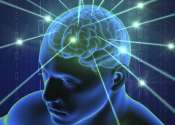A low-cost system to collect EEG measurements during VR experiences
Recent technological advances have enabled the development of increasingly advanced systems and devices for measuring brain activity in both research and medical settings. A concept that has been widely explored and yet not ...









